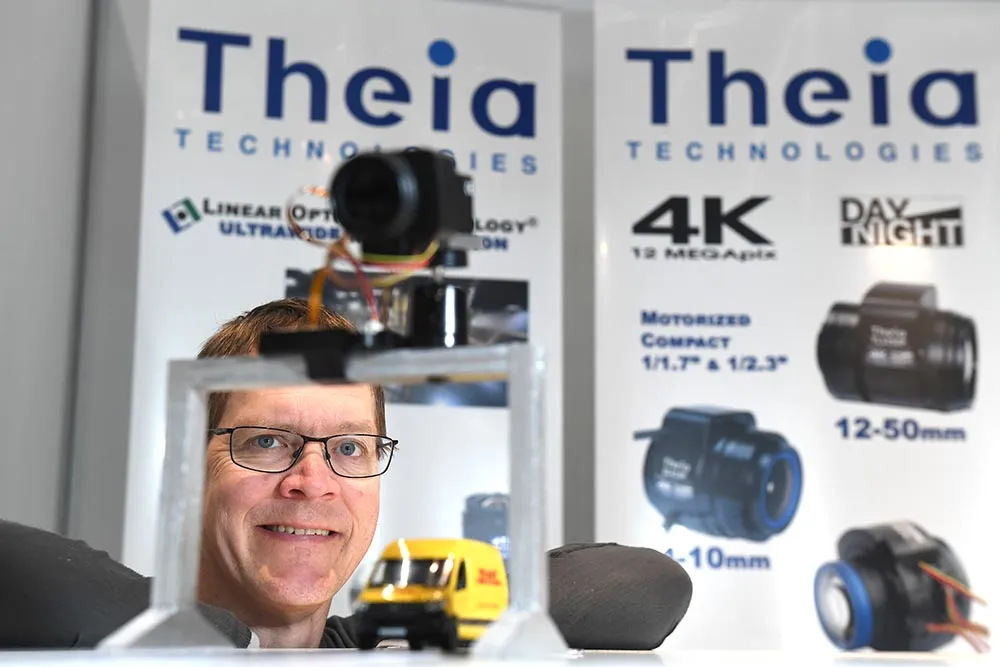A new camera range from Stemmer Imaging uses a sensor, based on solar cell technology, to allow imaging from scenes which simultaneously contain both very light and very dark areas. The company says this makes them ideally suited to use in environments with a very high dynamic range, or where there are strong and unpredictable brightness fluctuations. The new FX4 HDR (High Dynamic Range) sensor produces a logarithmic signal output. This enables fine differences in brightness to be imaged even in very bright
February 2, 2012
Read time: 2 mins

A new camera range from 822 Stemmer Imaging uses a sensor, based on solar cell technology, to allow imaging from scenes which simultaneously contain both very light and very dark areas. The company says this makes them ideally suited to use in environments with a very high dynamic range, or where there are strong and unpredictable brightness fluctuations. The new FX4 HDR (High Dynamic Range) sensor produces a logarithmic signal output. This enables fine differences in brightness to be imaged even in very bright scenes, without saturation.
The FX4 HDR sensor features a patented pixel structure that provides a truly logarithmic output with effective suppression of fixed noise and gives a dynamic range of 120 db. According to Stemmer, this equates to a 1,000 times greater brightness ratio (ratio of the highest brightness value to the lowest brightness value that can be imaged in a scene) compared to conventional linear CCD sensors, which typically have a dynamic range of 60 db.
The FX4 HDR sensor features a patented pixel structure that provides a truly logarithmic output with effective suppression of fixed noise and gives a dynamic range of 120 db. According to Stemmer, this equates to a 1,000 times greater brightness ratio (ratio of the highest brightness value to the lowest brightness value that can be imaged in a scene) compared to conventional linear CCD sensors, which typically have a dynamic range of 60 db.










